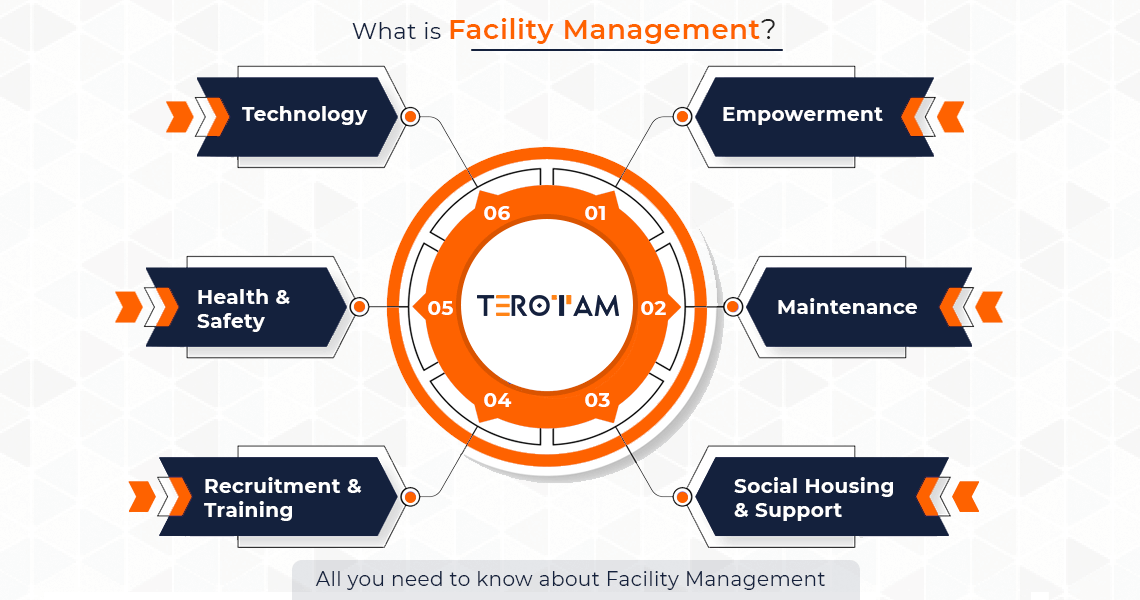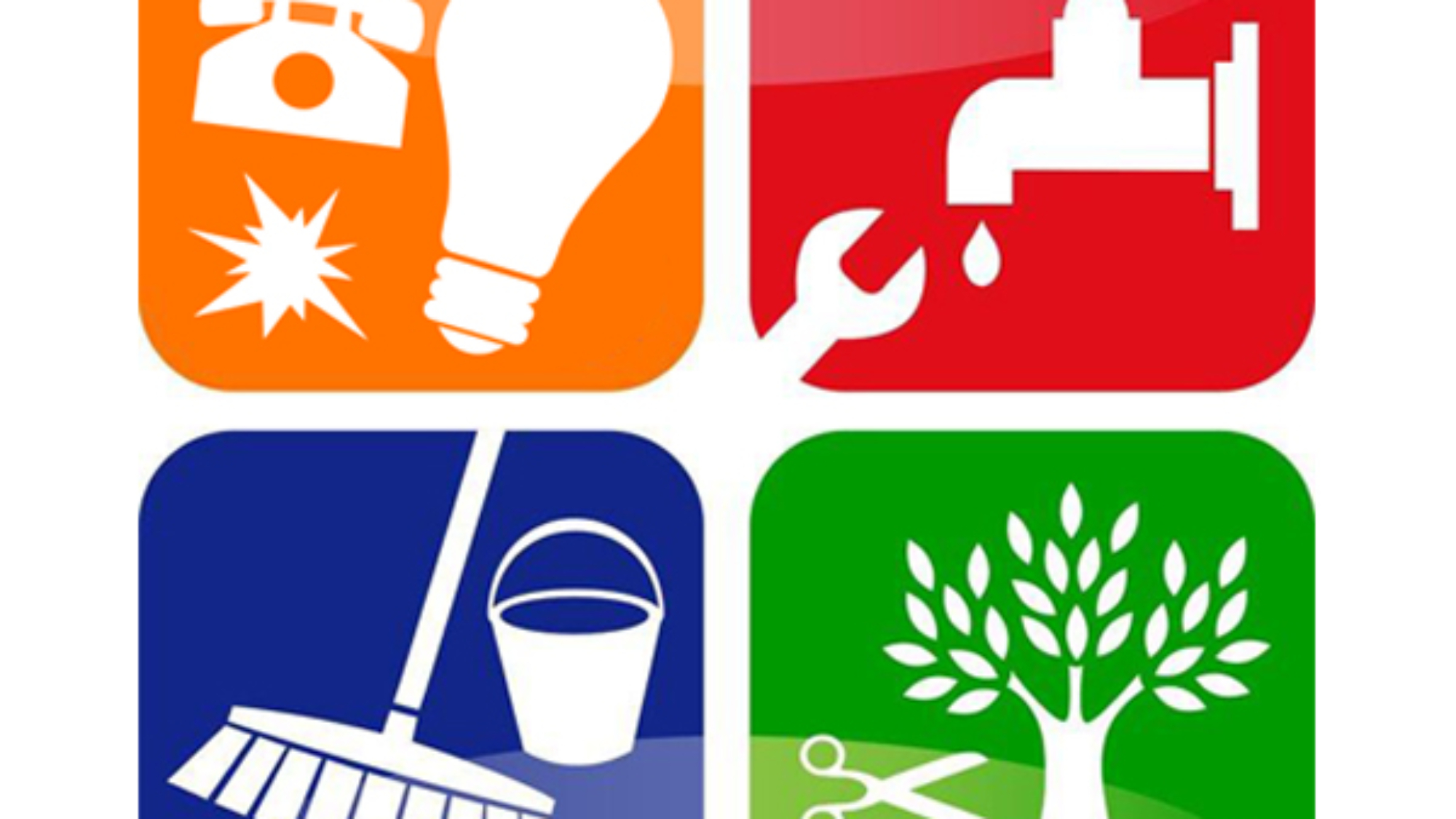The Role of Facility Management in Sustainable Procedures
The Role of Facility Management in Sustainable Procedures
Blog Article
The Important Guide to Center Administration: Techniques for Success
Center management plays a vital duty in the overall success of an organization, serving as the foundation that sustains performance, safety and security, and performance. The nuances of effective facility management extend beyond mere logistics and require an extensive understanding of both qualitative and quantitative metrics.
Comprehending Facility Management
What constitutes effective facility management? Reliable center monitoring incorporates the control of different organizational functions to guarantee that built environments are secure, reliable, and for efficiency. It integrates the principles of company, design, and engineering management to develop a smooth operational circulation within a company.
Key elements of facility administration consist of room preparation, upkeep monitoring, and compliance with health and wellness policies. Area planning concentrates on enhancing using physical sources to sustain business objectives, while upkeep monitoring ensures that facilities are kept in optimum problem, making the most of life expectancy and decreasing operational costs. Conformity with regulative and legal standards is essential, as it safeguards the organization versus possible responsibilities and boosts its track record.
Moreover, efficient facility management counts on the critical usage of innovation, such as Building Monitoring Equipment (BMS) and Computer-Aided Facility Management (CAFM) devices. These modern technologies assist in real-time tracking of building systems and simplify maintenance processes (Facility Management). Inevitably, a detailed method to facility monitoring not only promotes functional efficiency yet likewise fosters a favorable atmosphere for visitors and staff members alike, driving general organizational success

Key Methods for Optimization
Maximizing facility administration needs a critical approach that lines up functional techniques with business objectives. To accomplish this, the very first crucial approach is the implementation of integrated technological options. Using innovative software program systems enables real-time monitoring of facility operations, helping with data-driven decision-making and enhancing general performance.
Second of all, normal analyses of center efficiency are crucial. Performing regular inspections and audits enables center supervisors to recognize locations that require enhancement, making sure that resources are assigned successfully. This positive approach helps in lessening downtime and boosting service shipment.
Another important method is promoting partnership across divisions. By urging open interaction between teams, center supervisors can better align their strategies with organization objectives, resulting in improved functional harmony. Furthermore, engaging team in training programs promotes a culture of liability and improves their ability to add to optimization initiatives.
Enhancing Security Protocols
Reinforcing security protocols is crucial for producing a protected environment within centers. An extensive safety and security procedure not only shields workers and site visitors however also boosts operational performance. Facility Management. To achieve this, center managers have to carry out normal danger analyses to determine possible risks and make certain that suitable actions are in location

In addition, clear interaction networks need to be established to report safety issues quickly. This includes creating an accessible system for staff members to articulate prospective risks or events without fear of reprisal. Leveraging technology can enhance safety measures; for instance, executing surveillance systems and accessibility controls assists monitor center tasks and limit unauthorized visit this site right here access.
Finally, compliance with regional policies and sector requirements is non-negotiable. Regular audits and evaluations of safety methods guarantee placement with present regulations and finest practices. By prioritizing these strategies, center supervisors can cultivate a society of security that shields all stakeholders and eventually adds to the organization's success.
Improving Office Environment
A favorable office environment dramatically enhances staff member morale and efficiency, making it a critical focus for center management. To produce such a setting, facility managers must focus on several essential elements, consisting of comfort designs, aesthetic appeals, and employee involvement.
Ergonomic considerations are vital to reduce physical stress and pain. This involves offering flexible furniture, appropriate lighting, and ample space for motion. These changes can lead to decreased absenteeism and boosted work satisfaction.
Visual appeals play a crucial role in forming the office atmosphere. Utilizing color psychology, natural illumination, and greenery can promote a welcoming and promoting atmosphere. Attentively created rooms can enhance creative thinking and boost total health.
In addition, urging staff member involvement via comprehensive decision-making procedures can improve the sense of ownership and belonging. Collecting responses on office renovations and including workers in the style process can lead to an extra customized atmosphere that meets their demands.
Last but not least, advertising wellness initiatives, such as health cares and leisure spaces, can further add to a helpful work environment culture. By concentrating on these methods, facility supervisors can successfully enhance the workplace setting, driving both worker satisfaction and business success.
Determining Success in Facilities
Measuring success in center administration requires a detailed approach that evaluates both measurable and qualitative metrics. Measurable metrics normally include vital performance indications (KPIs) such as area application rates, power usage, upkeep expenses, and tenancy levels. These metrics give a clear image of functional efficiency and economic performance, permitting center managers to determine locations for enhancement and standard against market Full Article criteria.
Qualitative metrics, on the other hand, emphasis on user fulfillment and employee engagement. Studies and feedback devices can assess exactly how well the facilities satisfy the demands of passengers, aiding to analyze the total office atmosphere. This aspect is crucial, as a completely satisfied labor force is commonly connected to enhanced efficiency and retention prices.
To effectively measure success, facility supervisors need to additionally think about incorporating technology, such as building administration systems and information analytics devices, to accumulate and analyze relevant data. On a regular basis assessing both collections of metrics enables a more balanced view of performance and notifies calculated choices. Eventually, an effective center administration Visit Website method pivots on a dedication to continual renovation, making certain that both functional performances and customer contentment are focused on.

Final Thought
In conclusion, reliable facility management is critical for improving organizational performance. By carrying out integrated technical options, performing regular assessments, and promoting partnership across divisions, organizations can attain optimum resource allocation and operational performance. Prioritizing safety and security protocols and boosting workplace atmospheres further add to raised employee contentment. Finally, determining success via both quantitative and qualitative metrics permits for continuous enhancement, inevitably resulting in minimized functional costs and a much more effective business atmosphere.
Facility administration plays a vital function in the general success of a company, serving as the backbone that supports performance, performance, and security.Secret aspects of facility management consist of area planning, maintenance monitoring, and conformity with health and wellness and safety regulations.In addition, efficient facility management counts on the calculated use of technology, such as Structure Administration Systems (BMS) and Computer-Aided Facility Monitoring (CAFM) tools. Ultimately, a thorough technique to facility monitoring not only promotes functional efficiency yet likewise fosters a favorable environment for staff members and visitors alike, driving overall business success.
Ultimately, an effective facility administration technique pivots on a commitment to continual improvement, making certain that both operational performances and user contentment are prioritized.
Report this page